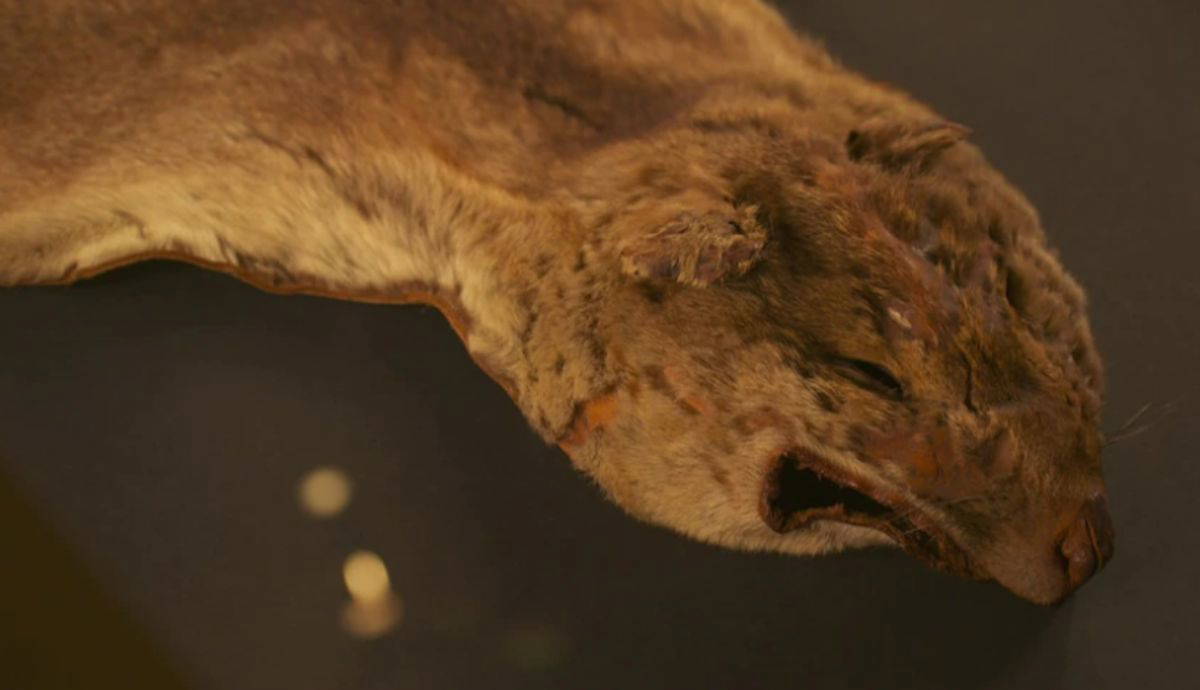Last Tasmanian Tiger lost remains found in an Australian Museum’s Cupboard. Also, the finding of his remains is solving ‘zoological mystery’. The remains of the last-known thylacine stayed in a cupboard in a Tasmanian museum for decades. Only recently has it been realised how much they are worth. Also, tiger’s remains are 85 years old.
Last Tasmanian Tiger’s Remains Were Hard to Find

The female thylacine, or Tasmanian tiger, died in the Hobart Zoo on September 7, 1936. After this event, comes the assumed transportation of its remains to the Tasmanian Museum and Art Gallery (TMAG). Also, the general assumption was its skin and skeleton went missing.
“For years, many museum curators and researchers searched for its remains without success”, recalled Robert Paddle. Paddle is a researcher who wrote a book about the disappearance of the Tasmanian tiger.
Paddle then teamed with the curator of vertebrate zoology, Dr. Kathryn Medlock, to undertake a new quest. They began reading a taxidermist’s report from the museum’s annual report for 1936–1937. As a result, when they looked over the list of specimens studied that year, they discovered a thylacine.

Get the latest articles delivered to your inbox
Sign up to our Free Weekly Newsletter
“For years, many museum curators and researchers searched for its remains without success, as no thylacine material dating from 1936 had been recorded,” researcher Robert Paddle, said in a statement.
According to Paddle, the thylacine – believed to be the very last of its kind – was an old female animal, captured by an Australian trapper. He also sold it to a zoo in May 1936. But the sale was not recorded “because, at the time, ground-based snaring was illegal and [the trapper] could have been fined,” Paddle explained.
The Tasmanian Wolf – a Mashup of Several Species

While the Tasmanian tiger has vanished from the planet, it is possible, it may roam the earth once again. Earlier this year, NPR reported the “de-extinction” company Colossal Biosciences announced plans to genetically resurrect the bizarre looking creature. But, this is not remotely related to a tiger, despite its name.
The four-legged animal is actually a marsupial, in the same family as kangaroos, and looks like a mashup of several species. Picture a bare possum-like tail, the body of a wolf with stripes along the back, the pinched face of a fox, and a pouch on its belly. Voila: the Tasmanian tiger, also called the Tasmanian wolf.

But scientists in 2017 discovered that a lack of genetic diversity also caused its downfall. A study published in the journal Nature found a steep decline in diversity began as long as 70,000 to 120,000 years ago.
If Colossal succeeds in bringing back the Tasmanian tiger, it will be an all-new species. The plan is to create a hybrid animal, using “CRISPR gene editing technology to splice bits of recovered thylacine DNA into the genome of a Dasyurid — a family of carnivorous marsupials such as the numbat and Tasmanian devil that are the extinct animal’s closest relatives.”

